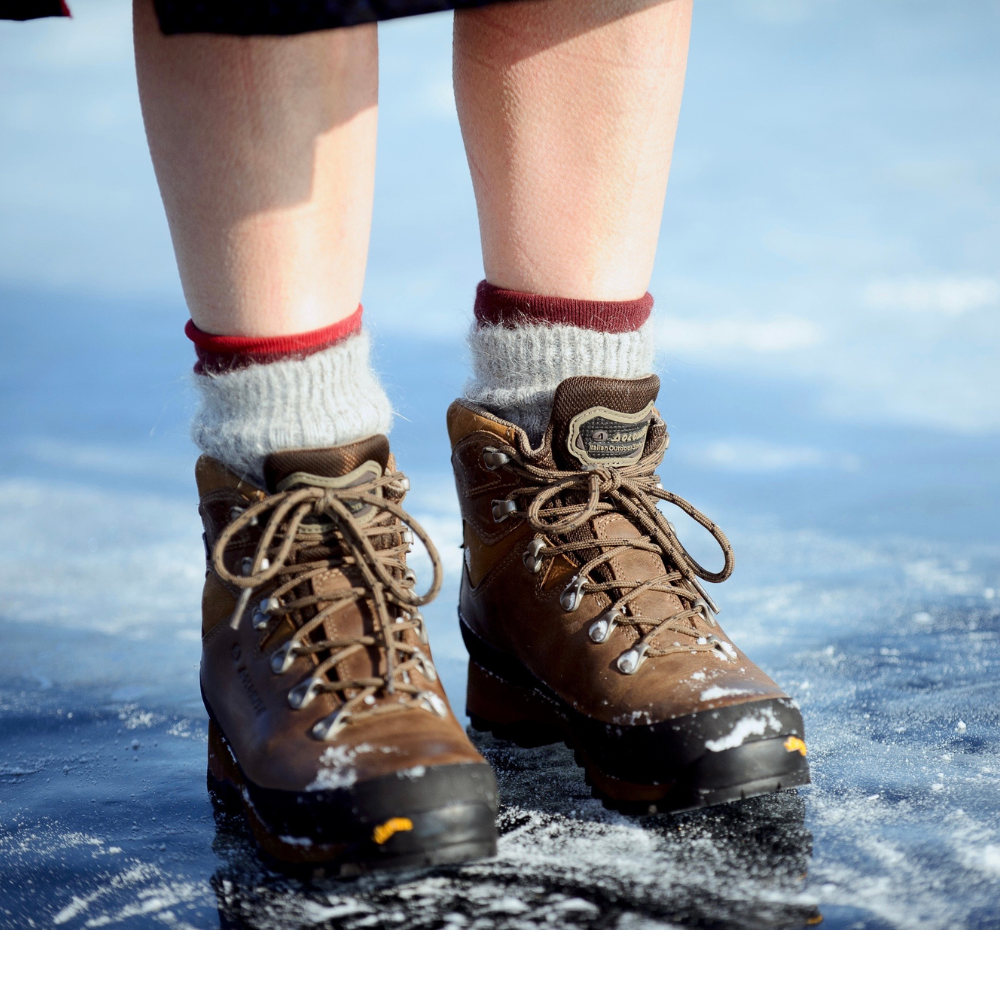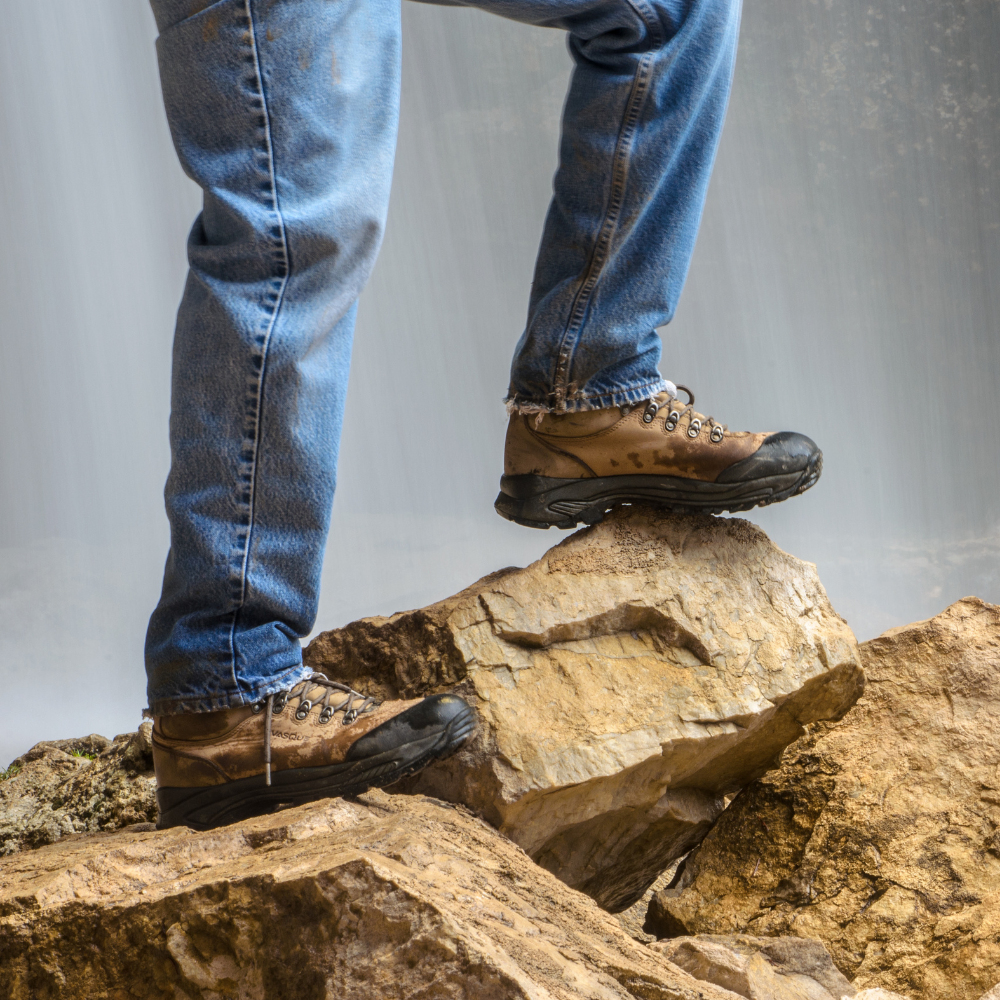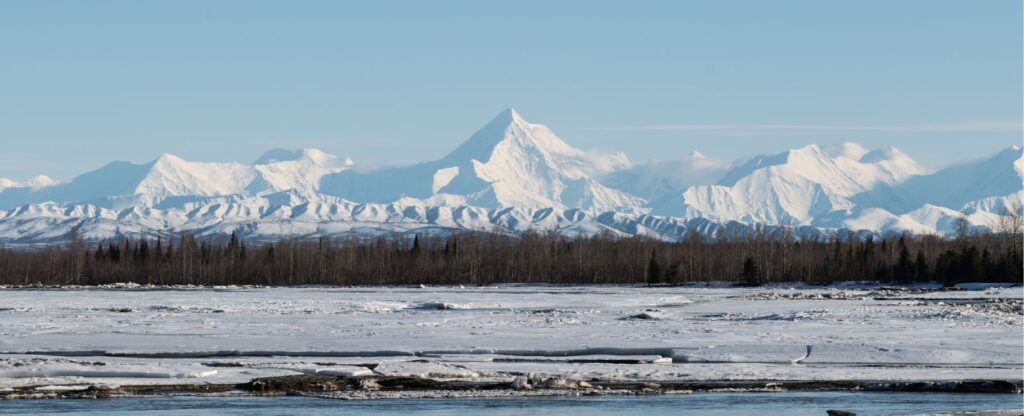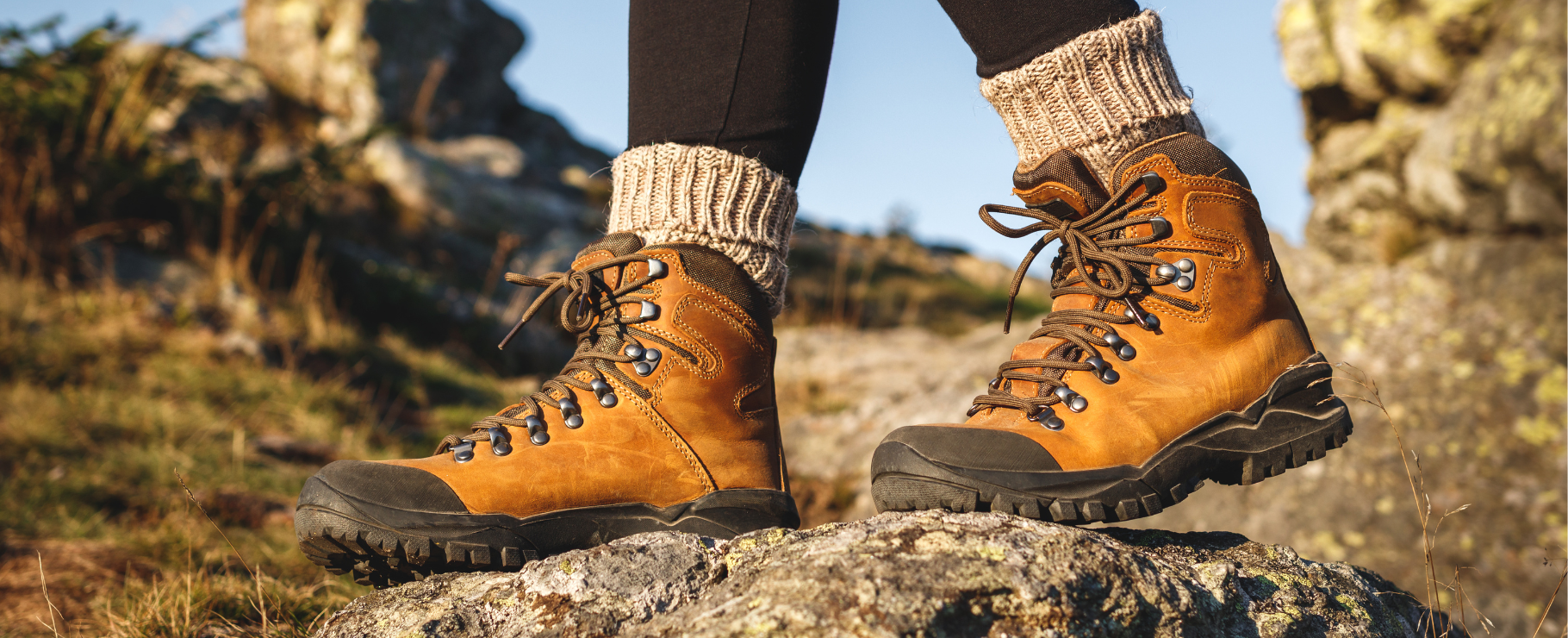Home » How to choose the best hiking boots for extreme climates
How to choose the best hiking boots for extreme climates
Protect your feet at heights
At Top Summits of the World we know that every detail counts when it comes to facing the challenges of the world’s highest mountains and most extreme climates. And when it comes to equipment, hiking boots play a key role. Choosing the right pair can make the difference between an unforgettable experience and a day full of problems. That’s why today we want to share our complete guide to help you select the ideal boots for extreme climates.
The importance of choosing the right boots for extreme climates
In extreme climates, your feet need not only protection from the cold, but also support, comfort and safety. Sub-zero temperatures, deep snow, ice and rough terrain demand boots that can withstand these conditions. In these situations, hypothermia, frostbite and blisters can become real threats if the footwear is not suitable.
When planning our expeditions, we always prioritize technical boots specifically designed for extreme environments. A quality boot will not only protect your feet, but will also improve your performance by ensuring stability and traction.
Key features of good hiking boots
Choosing the right boots involves considering several important factors. Here is a list of essential features we look for when gearing up for our climbs:
Removable Inner Boot
One of the features we value most is the presence of a removable inner boot. Not only does this component provide an extra layer of thermal insulation, but it is also great for keeping your feet warm while resting at camp or even inside your sleeping bag. The inner boot can dry quickly and ensures that the main boot remains in optimal condition during the climb.
On our expeditions, wearing boots with inner boots has allowed us to face extremely cold nights with greater comfort.
Thermal Insulation Ability
In extreme temperatures, insulation is paramount. Boots for extreme weather are often made from materials such as high-density foam or Gore-Tex, which provide insulation while also allowing for breathability. This is crucial to prevent moisture build-up, which could freeze and cause damage to the tissues of your feet.

Water resistance and breathability
Water and ice are common enemies in these conditions. Boots should be completely waterproof to keep your feet dry, but also breathable to prevent moisture generated by sweat from accumulating inside.
Extreme traction sole
Slip-resistant soles with materials such as Vibram are a must for icy and rocky terrain. Proper traction ensures stability and minimizes the risk of slipping or falling.
Crampon compatibility
At extreme altitudes, crampons are essential for traversing glaciers and icy surfaces. Make sure your boots are compatible with automatic or semi-automatic crampons.
Reinforced ankle and toe protection
Additional ankle protection and a reinforced toe cap are essential to prevent injuries on rough terrain. These features also extend the life of the boots by protecting them against impacts.
Balanced weight
Although boots should be robust, it is important that they have a balanced weight. This reduces fatigue during long hikes, especially on extended climbs.
Adjustable and secure closure
A good closure system, such as reinforced laces or quick-adjust systems, ensures that the boot fits perfectly to the foot, avoiding unnecessary movement and providing greater stability.
Example of an exceptional boot: La Sportiva G2 Evo
One of the boots we can recommend for its exceptional performance in extreme climates is the La Sportiva G2 Evo. This boot represents the perfect combination of technology, comfort and durability. Let’s explore some of its main features:
- Removable and practical inner liner: The inner liner of the G2 Evo is lightweight, easy to dry and offers excellent thermal insulation. This allows us to use it even inside the sleeping bag to keep our feet warm during the coldest nights.
- BOA closure system:The BOA closure system facilitates quick and precise adjustment, even with gloves on. This is especially important in extreme cold conditions, where time spent outdoors should be minimized.
- High-tech materials: The combination of materials such as Gore-Tex Insulated Comfort and a carbon frame ensures waterproofing, breathability and support.
- Lightweight: Despite being a robust boot, the G2 Evo is surprisingly light, reducing fatigue during long days of climbing.
Practical tips for choosing your hiking boots
Prioritize proper fit
A poor fit can cause blisters, discomfort, and even injury. When trying on boots, wear the socks you’ll be wearing during the expedition and make sure there’s enough room for your toes without your foot slipping around inside the boot.
Consider the type of terrain and climate
Every mountain presents unique challenges. If you’ll be facing extreme temperatures combined with ice and snow, look for boots specifically designed for these conditions.
Test your boots before the expedition
Never break in your boots on the day of the climb. Train in them for several weeks to make sure they fit your feet perfectly and that you’re comfortable.
Don’t skimp on quality
The investment in high-quality boots is worth it. Reputable brands offer designs that have been tested in extreme conditions, ensuring durability and safety.
Consult with experts
If you have any doubts, consult with experienced mountaineers or specialist shops. They can guide you towards the best options based on your level of experience and destination.
Check the technical specifications
Make sure the boots meet the specific requirements of your expedition, such as thermal insulation, crampon compatibility and water resistance.
Maintenance and care of your boots
To extend the life of your boots and maintain their performance, follow these tips:
- Regular cleaning: Remove mud, snow and debris after each use. Use a damp cloth and soft brush to clean surfaces.
- Proper drying: Always dry them in a ventilated place, avoiding direct contact with heat sources that can damage the materials. Remove the inner liner and dry it separately.
- Inner liner check: Make sure the inner liner is dry before storing. Prolonged humidity can deteriorate materials and generate bad odors.
- Periodic waterproofing: Apply waterproofing products according to the manufacturer’s recommendations to maintain water resistance.
- Proper storage: Store boots in a cool, dry place, away from direct sunlight. Avoid stacking or leaving them compressed.
- Regular inspection: Check the soles, closure systems and general condition of the materials before each expedition.
In our expeditions and adventures, technical mountain boots have been an essential element. We always recommend investing in quality footwear that offers you safety, warmth and comfort. Quality boots have proven to be reliable allies in extreme terrain, helping us successfully achieve our goals.
At Top Summits of the World we remain committed to sharing our experiences and learnings so that you can also conquer your mountain dreams. See you at the summits!

OUR LATEST PUBLICATIONS

The Alaska Range: Mountains in their most extreme form
Denali and the territory where nature imposes its own rules In Top Summits of the World, we admire mountain ranges for their elegance, others for

The Caucasus: the natural wall between Europe and Asia
An extreme mountain range where cultures, continents, and epic peaks intersect In Top Summits of the World, we feature mountain ranges that challenge us with

The Atlas: the Maghreb mountain range between the Sahara and the Mediterranean
A journey through the Atlas, guardians of the desert and the mountains At Top Summits of the World we have traveled mountain ranges that cross

